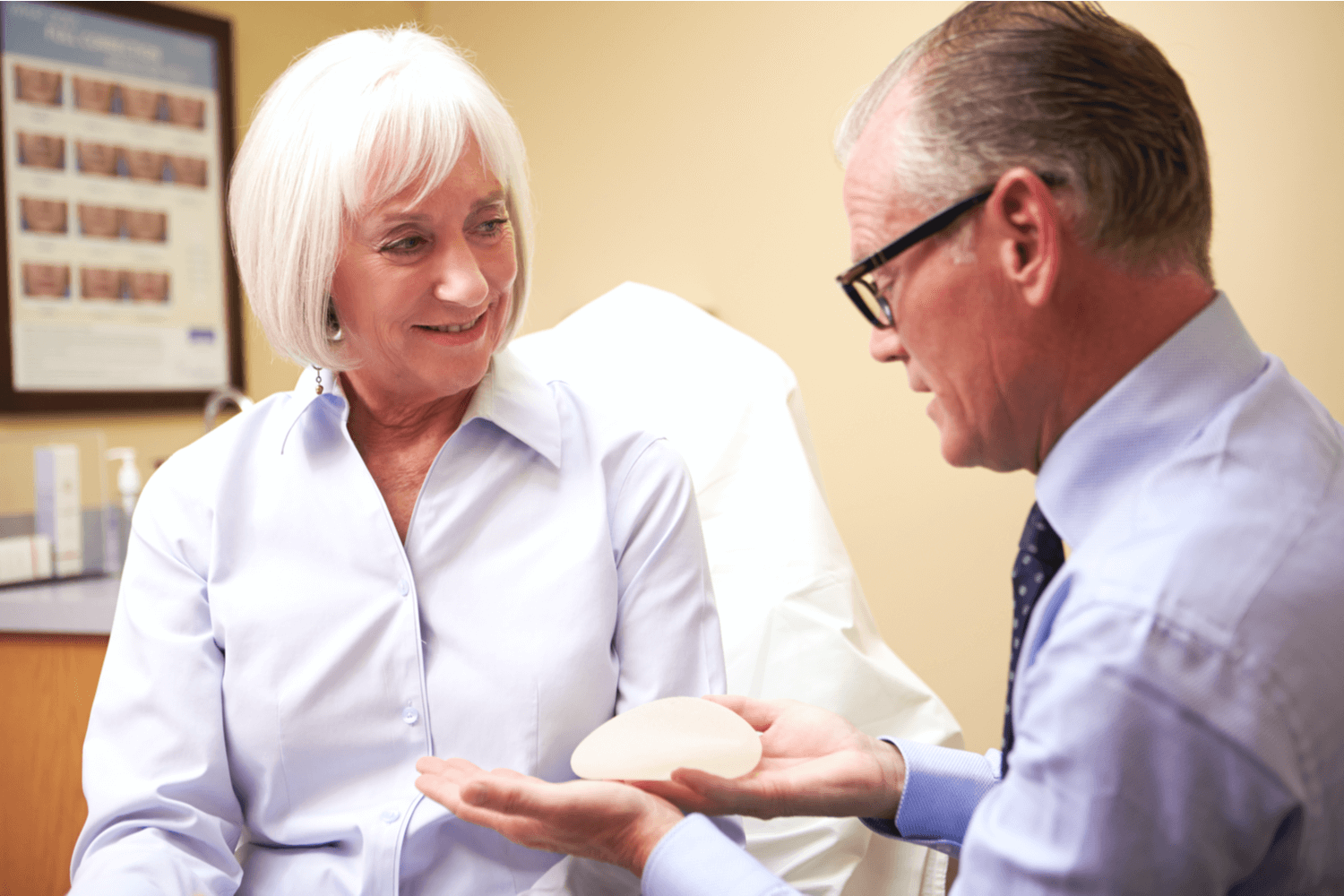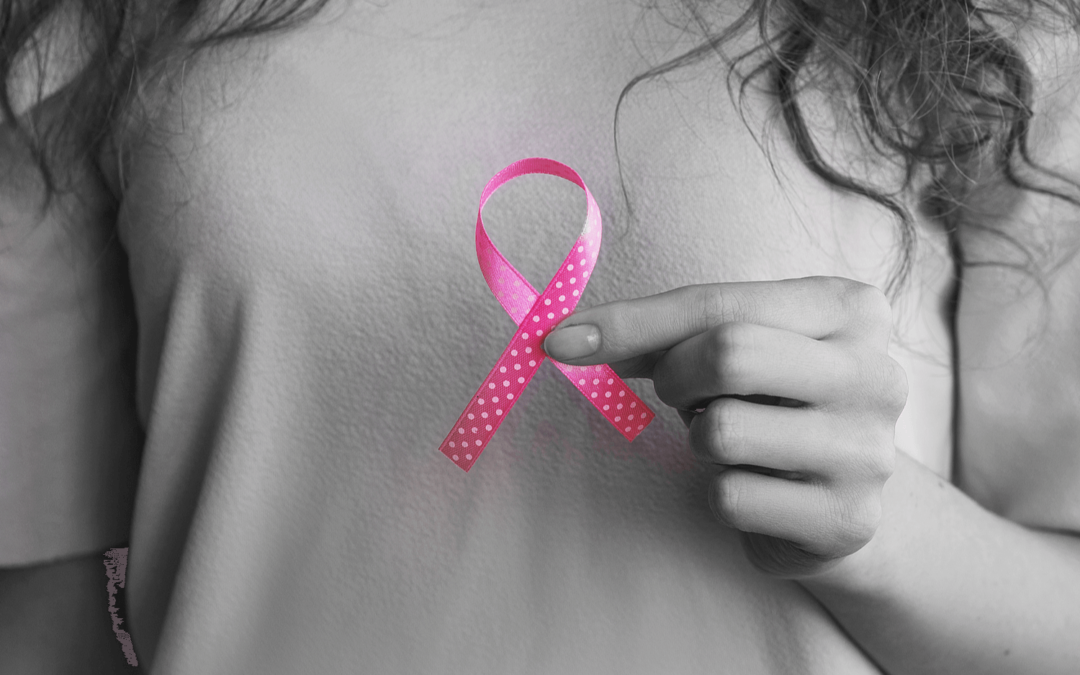So you’ve been diagnosed with breast cancer and you’re currently working with a surgeon in Tennessee, to decide how to go about treatment. Depending on the stage and type of breast cancer you have, the treatments may also differ. Some types of breast cancer like HERS-2 or metastatic breast cancer are more serious and intensive chemotherapy.
However, instances of cancer detected at early stages can often be effectively treated through mastectomy. However, the main side effect of removing breast cancer with mastectomy is the loss of breast tissue.
This can be unsettling news for women diagnosed with breast cancer. In fact, many questions usually come up for women after finding out about their diagnosis.
These questions often include asking for more details and information about their treatment. However, once the cancer is removed, then the questions begin to turn to what to do after mastectomy.
Should I Get Breast Reconstruction Surgery?

Ultimately, the answer to this question is between you, your doctor, and your surgeon. But many survivors choose to get breast reconstruction after their mastectomy. They also have the option of getting reconstructive surgery either right after the mastectomy or put it off for a delayed breast recon.
Choosing to get immediate breast reconstruction after a mastectomy is a highly personal decision. The journey of breast cancer treatment is also highly personal. It can be just as personal as losing a limb. From the outside, it might seem like there shouldn’t be so many mental and emotional effects after treatments have been done, but the truth is that your body will never completely be the same after a mastectomy.
The Advantages of Breast Reconstruction
Many women express that after losing a breast to breast cancer they feel less feminine, less attractive, and less confident. Therefore, there are not only physical ramifications after a mastectomy but also deeply emotional and mental side effects. Talking to your doctor, surgeon, or a breast cancer support group can help prepare you for these changes.
Self Image
It should be noted that breast recon procedures are not aesthetic treatments. However, a reconstructive plastic surgeon will do their best to recreate the natural shape of the breast or breasts. In this case, the goal is to restore the natural form of what was lost in the mastectomy to make the changes easier for the patient.
Immediate or Delayed Reconstruction
What will they feel like?
Reconstructed breasts typically have no feeling or sensation in them. But, if the nerves start to grow back, some sensation may return.
Otherwise, they will still have the same texture as a natural breast with some small variations of results. That just depends on the type of implant used in the reconstruction process.
Will my new breasts have nipples?
Work with your surgeon and cancer care team to determine if your nipples can be spared. However, even if the nipples have to be removed, that’s not the end. A skilled Tennessee plastic surgeon can rebuild your nipples using your body’s natural tissues as well as modern tattooing technology.
Just be aware that from the time you start your first breast reconstruction surgery to these finishing touches can take a year or more depending on your condition and recovery process.
What Are the Options for Breast Reconstruction?
There are several options available in the field of breast reconstruction. Implant-based reconstruction, where a plastic surgeon will reconstruct the breast using either saline-filled silicone implants or implants filled with a silicone gel.
Expert plastic and reconstructive surgeons also can offer survivors TRAM flap or DIEP flap breast reconstruction surgery.
What Is TRAM Flap Surgery?
TRAM is an acronym that stands for “transverse rectus abdominis myocutaneous” in reference to the tissue used in breast restoration. The rectus abdominis is a muscle from the lower abdomen. During TRAM flap surgery, a small part of that muscle and other tissues are taken through a tunnel under the skin and up to the chest. A surgeon then uses this tissue to create a natural-looking breast.
What is DIEP Flap Surgery?
DIEP is an acronym that stands for “deep inferior epigastric perforator,” and is used to reference the DIEP artery in the abdomen. During the DIEP flap surgery, the surgeon will take fat, skin, and blood vessels from another part of your body to reconstruct the breast mound. No muscle is used in a DIEP flap procedure, so the recovery time for patients is typically shorter when compared to TRAM flap treatments.
Your surgeon will then connect the transferred blood vessels and tissues to the blood vessels connected to the DIEP artery. This is done through microsurgery, and so the transferred tissues stay living and healthy.
Prosthetic Breasts
Another option for breast cancer survivors is to be fitted for a prosthetic breast, in order to maintain the natural shape of the breast. The prosthetic is worn under the bra and can be removed when the wearer desires.
Breast Reconstruction Misconceptions
Sometimes breast recon gets called “a free boob job,” but it’s not. Breast recon procedures are not one-and-done treatments. They often require months of detailed aftercare and follow-up appointments to ensure the new breast stays whole and healthy.
Complications are not uncommon for breast reconstructions. As a result, revisions may become necessary after some reconstructions.
Aesthetic vs. Reconstructive Surgery
Like we mentioned earlier, reconstructive surgery is not aesthetic surgery. Aesthetic surgery focuses on the overall look and appearance of the patient. Additionally, these surgeries are performed on a voluntary basis and are considered not medically necessary.
On the other hand, reconstructive surgery is performed to restore the form, function, or appearance of the body. Typically, reconstructive procedures are covered by health insurance and are deemed medically necessary.
Detecting Recurring Breast Cancer is Harder After Reconstruction
It is not harder to detect signs of recurring breast cancer after reconstruction surgery. If you had a mastectomy to remove breast cancer, then you usually won’t have to receive a mammogram again. However, if you had breast-conserving surgery, you should anticipate receiving mammograms in the future.
If you received DIEP or TRAM flap reconstruction, you may need to receive mammograms periodically in order to check for resurgent lumps.
If you had breast implants, be they filled with saline or silicone, you will not need to receive a mammogram. However, you should still receive regular breast exams to catch any developing breast cancer lumps as soon as possible.
Breast Cancer FAQs
What are the Different Types of Breast Cancer?
HER2+
Read as HER2-positive, this is a type of breast cancer that is detected with a positive test for human epidermal growth factor receptor 2. The HER2+ is a protein that causes irregular cancer cells to grow in the breast and is present in about twenty percent of all breast cancer cases.
Cases of HER2+ breast cancer tend to be more aggressive, but due to the way they spread, chemotherapy treatments are quite effective.
Ductal Carcinoma in situ (DCIS)/Intraductal Carcinoma
The cancer cells of DCIS carcinoma are non-invasive but may become a more invasive type of cancer as time goes on. This type of breast cancer is characterized by cancer cells localized to the breast and that has not yet spread to surrounding tissue.
Lobular Carcinoma in situ (LCIS)/Lobular Neoplasia
As the name suggests, this type of cancer starts in the lobules of the breast. Technically, LCIS is not a “true cancer” because it is unlikely to spread to other tissues, even as time goes on. However, LCIS is not harmless and may indicate the potential development of invasive breast cancer.
Invasive Ductal Carcinoma (IDC)/infiltrating Ductal Carcinoma
IDC is the most common type of breast cancer, at around 80 percent of all diagnosed breast cancer cases (Source: John Hopkins Medicine). Tumors start in the ducts of the breast, then spread to the surrounding fatty breast tissues.
Invasive Lobular Carcinoma (ILC)/Infiltrating Lobular Carcinoma
Similar to IDC, growths start in the lobules of the breast and can spread to other areas of the body.
Inflammatory Breast Cancer (IBC)
Cancer cells cause blockages in the lymph vessels in the skin or near the surface of the skin. These blockages cause irritation and inflammation in the breasts. Other symptoms of this type of breast cancer include soreness or tender feelings in the breast, or a pitted texture in the breast.
IBC is a rare type of breast cancer, at around one to three percent of all breast cancer cases.
Paget Disease
This is a very rare type of breast cancer, which is about one percent of all breast cancer cases. It starts in the ducts of the breast and spreads to the surface of the nipple and the areola. Signs of this disease include scaling, crustiness, and bleeding on or around the nipple and areola. Other signs include oozing of fluid from the nipple as well as itching or burning sensations.
What Is Surgical Oncology Cancer Treatment?
Surgical oncologists are general surgeons who have specialized in the treatment of cancer by removing tumors. They are not providers of radiation therapy. However, they will work closely with your radiologist, nutritionist, and primary doctor to treat your cancer.
Visit The Surgical Clinic in Nashville, TN for Breast Reconstruction
Schedule a consultation with our expert breast surgeons to learn more about the types of breast reconstruction we offer in Nashville, TN. We always tailor our treatments to each one of our patients. So rest assured that we will help you evaluate all of your options for which type of reconstruction surgery is right for you after cancer treatment.

